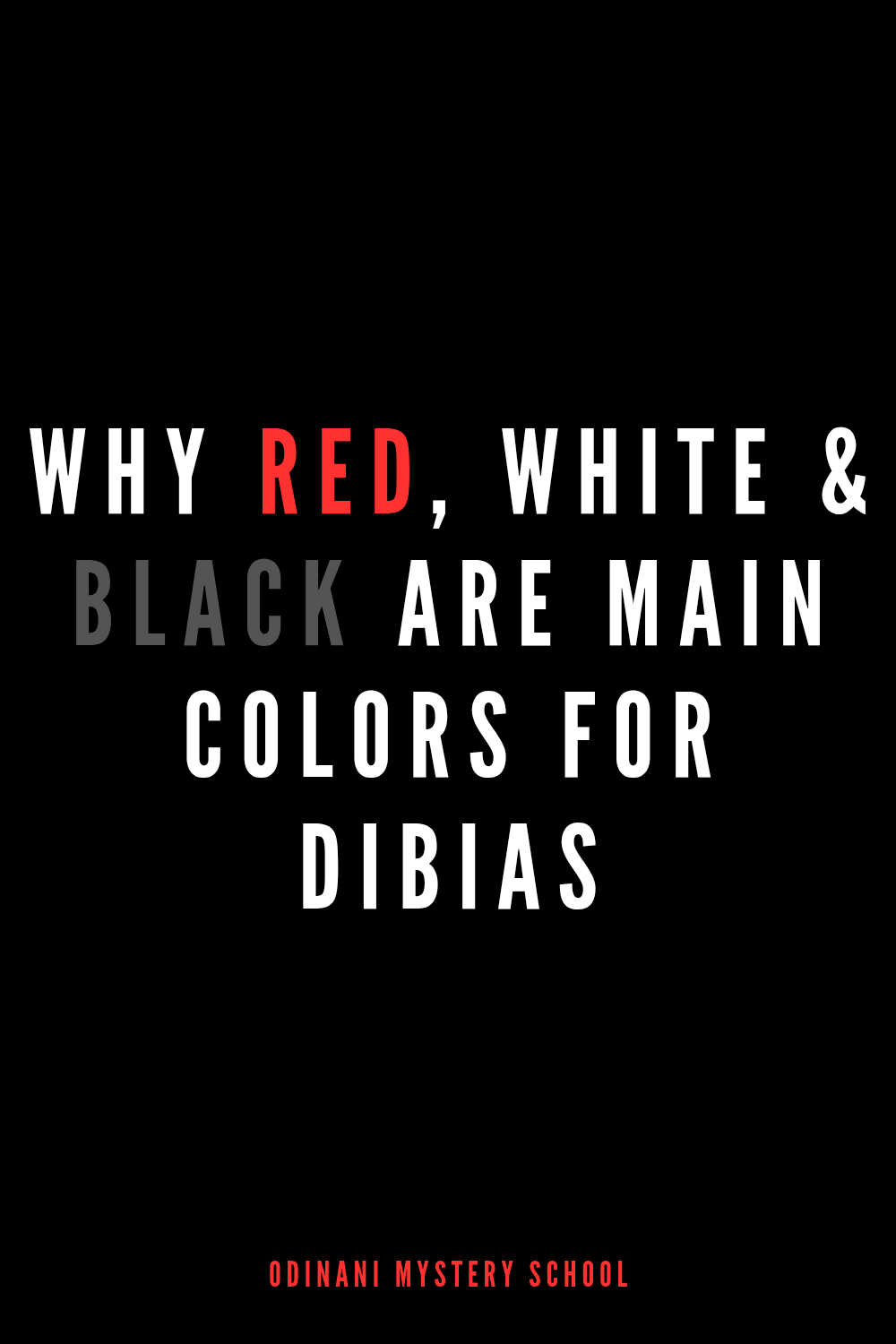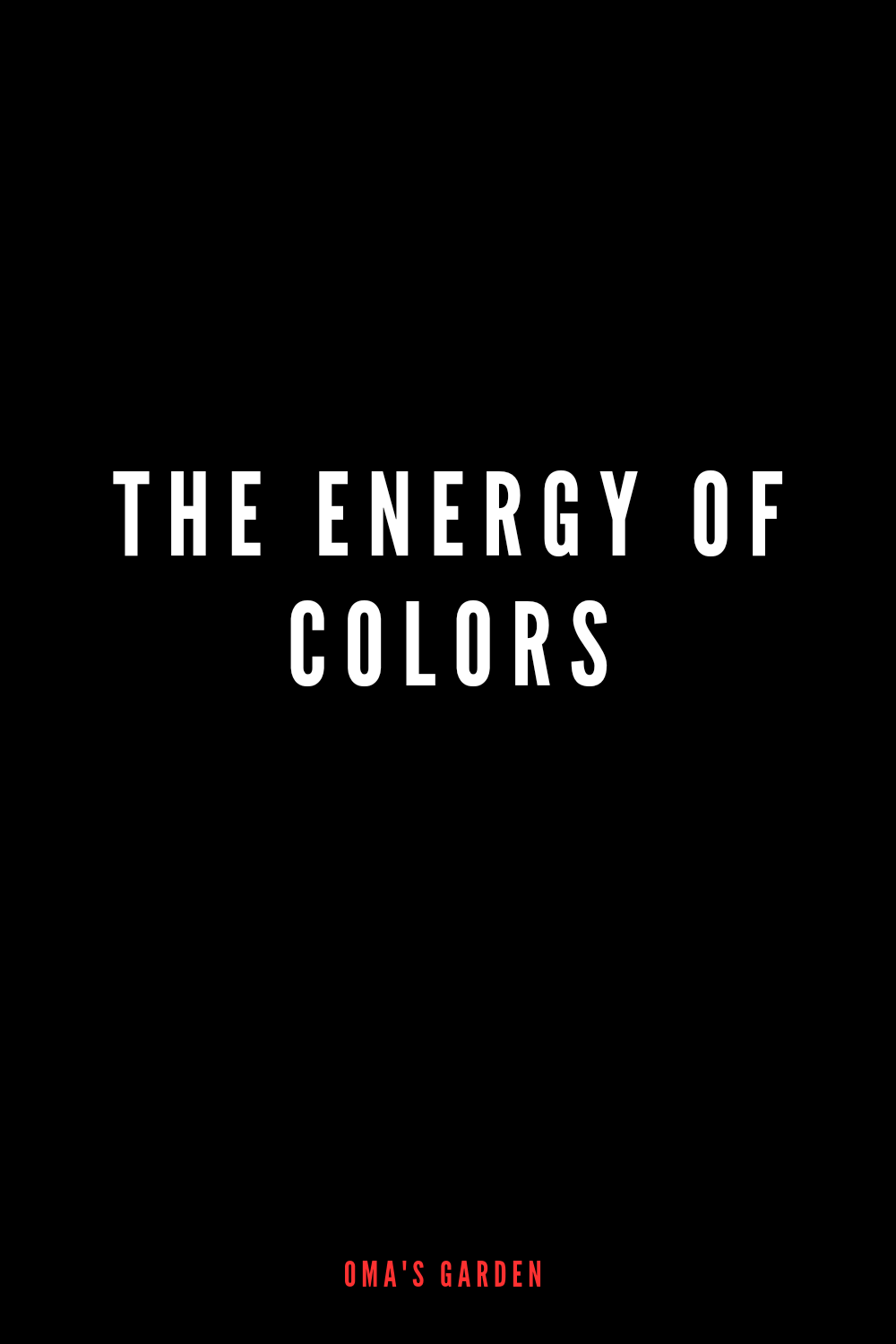Oma’s Odinani Mystery School
We’re migrating OMS content to Odinanimysteryschool.com. Existing Subscribers will receive transfer details by the end of the week!
Digital Access to Igbo Esoteric Knowledge!

Why Dibias Have Red, White & Black as Their Main Colors
In Igbo spirituality, colors serve as symbols of cosmic principles, they carry unique energetic imprints and they represent forces that shape existence. If you’ve observed closely you’ll notice that in Igbo culture, Dibias traditionally wear and use three main colors: red, white, and black. This post contains details on why that is so.

The Healing Strength of Colors
Colors are far more than just visual elements that paint our surroundings—they are carriers of energy and information that profoundly influence every form of life in existence. From the physical to the psychological, colors transmit energy vibrations that interact with our bodies, minds, and emotions in powerful ways. The healing strength of colors lies in their ability to balance, harmonize, and rejuvenate our well-being at all levels and planes.

The Color Violet—Ododoanunu and Its Effects
In Igbo cosmology, the color Violet—Ododoanunu, is deeply symbolic. It holds the themes of self-sacrifice, purification, and service driven by love for others. Violet is associated with Neptune which is ruled by Idemmili, and Pluto which is ruled by Ogwugwu. The color violet invites introspection and spiritual growth, representing the journey of the soul toward higher understanding and divine connection. In its positive aspects, violet is a color of philanthropy, intellectual brilliance, and selfless service. It symbolizes idealism, compassion, and the readiness to make sacrifices for the greater good.

The Color Indigo—Amaloji & Its Effects
Indigo, known as Amaloji in Igbo, is the color of spiritual introspection, deep understanding, and the exploration of extra-sensory perception (ESP) mysteries. It is a deeply mystical and transformative color that connects the body, mind, and spirit, offering insights that transcend ordinary perception. Indigo invites us to look within, to connect with our higher selves, and to explore the hidden dimensions of existence, guiding us toward holistic healing and spiritual awakening. Associated with the planet Neptune, which is ruled by Idemmili, indigo holds the energy of boundless imagination, intuition, and the mysterious depths of the subconscious mind.

The Color Blue—Alulu Igwe, Alulu, Nru Onwa, Nda, Anunu Anunu and Its Effects
Blue, in Igbo spirituality, carries a depth of meaning and significance that transcends its visual appeal. Reffered to as Alulu Igwe, Nrụ Ọnwa, Nda, or Anunu Anunu, in Igbo language, this calming hue is a symbol of rest, peace, and serenity. It reflects the soothing energy of the heavens and water, embodying truth, fidelity, and faith. Blue is mostly associated with spiritual grounding and balance, inviting us to stay open to introspection, sincerity, and unwavering trust. Both in nature and the metaphysical realm, blue is a force of harmony that encourages a life rooted in self-awareness and devotion. Let’s explore the spiritual, physiological, and emotional dimensions of the color Blue and its effects.

The Color Green—Akwukwo Ndu and Its Effects
Green, known as Akwukwo Ndu or Ndu Ndu in Igbo, is the color of inner harmony, balance, fullness, growth, and healing. It is deeply connected to nature and life itself, symbolizing renewal, regeneration, and stability. In the physical and spiritual realms, green serves as a reminder of the cycles of renewal and healing that underpin both nature and humanity. This color attunes us to wholeness, adaptability, and the beauty of growth in all its forms. Let’s explore the spiritual, physiological, and emotional dimensions of the color Green and its effects.

The Color Yellow—Edo Edo, Ogulu Ogulu and Its Effects
The color yellow, known as Edo Edo or Ogulu Ogulu in Igbo thought, is a symbol of illumination, wisdom, thought, inner freedom, and the ability to live unbound by unnecessary ties. Yellow corresponds to the Sun (Anyanwu) and Saturn, which is ruled by Ele—Aka Ofu, representing a harmonious balance of vitality and discipline. Its association with the air element and sanguine nature makes it a color of movement, lightness, and positive change. Let’s explore the spiritual, physiological, and emotional dimensions of the color Yellow and its effects.

The Color Orange—Popo, Nchara and Its Effects
The color Orange, known as Popo or Nchara in Igbo, is a vibrant hue associated with joy, creative expression, impulsivity, and self-confidence. It embodies a balance between the fiery energy of red and the cheerful vitality of yellow, making it a dynamic color that symbolizes warmth, enthusiasm, and vitality. Orange is deeply connected to the planet Saturn, which is ruled by Ele—Aka Ofu, amplifying its grounding and stabilizing energies while still carrying an air of creativity and spontaneity. Let’s explore the spiritual, physiological, and emotional dimensions of the color Orange and its effects.

The Color Red—Obara-Obara, Mmee-Mmee, Uhie and Its Effects
In Igbo culture and spirituality, colors are vibrational frequencies as much as they are visual elements—they carry deep symbolic meanings and energy signatures. Among these, the color red, known as Obara-Obara, Mmee-Mmee, or Uhie in Igbo, has its effects and chromatic significance. It is a color of vitality, passion, and action, representing both the intensity of life and the transformative power of energy. Let’s explore the spiritual, physiological, and emotional dimensions of the color red and its effects.

The Energy of Colors
The relationship between colors and emotions has been recognized and explored by skilled dibias, clairvoyants, and mystics across cultures and throughout history. They describe the emotional body as a luminous, multi-colored energy field—or aura—that encases the physical form, extending approximately sixty centimeters outward. Our ancestors understood this and used this consciously to their advantage. Chromotherapy (therapy through color) teaches us that colors can affect our moods. Every color is associated with a specific type of emotion.